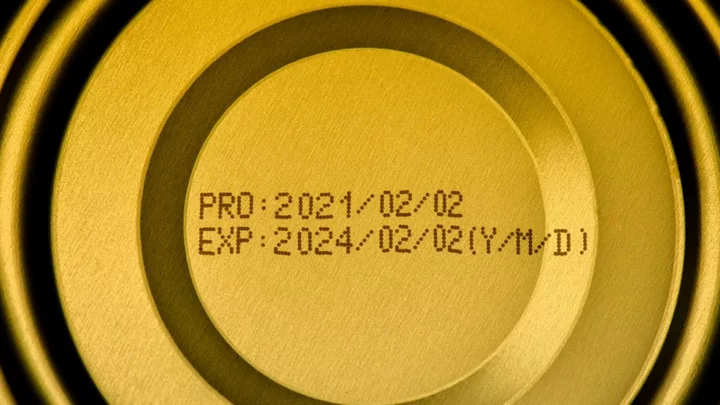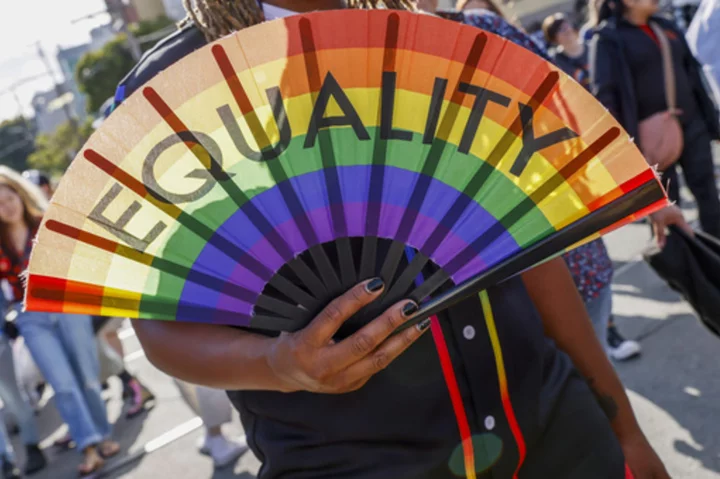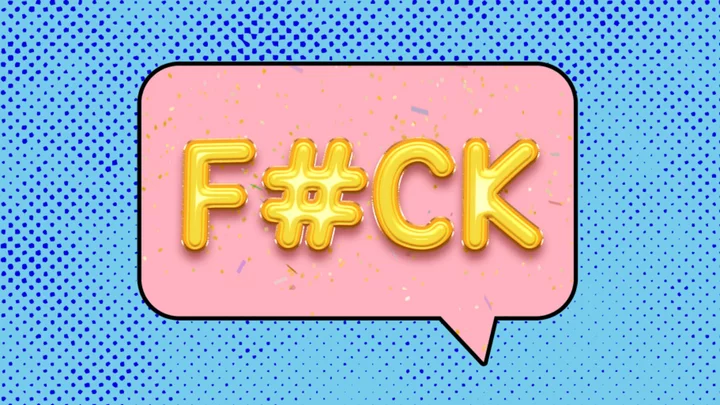While some foods like white rice and honey can last almost indefinitely in your pantry, most grocery items have a ticking clock before they lose their flavor, grow stale, or begin to spoil. To help better educate consumers, perishable goods typically come stamped with dates.
The problem? Use by, sell by, and best by leave a lot to the imagination, particularly because food dating isn’t required by federal law, except for a few exceptions. What’s more, these dates are rarely an indicator of food safety. So what’s the difference? We break it down below.
Use By Date
Use by is relatively straightforward. You’ll find this most often on “dry” goods like cereal or pasta. According to the U.S. Department of Agriculture (USDA), a “use by” date denotes the last date an item is expected to be at its “peak quality.”
Because it is not a safety label, it’s possible foods could still be good past a given “use by” date. The USDA recommends checking for evidence of spoilage—a bad odor, weird texture, or off flavor—before consuming anything past its peak.
Sell By Date
Sell by is actually intended more for the retailer than the consumer. It’s meant to signal when an item should be removed from shelves, typically for inventory management. It’s expected people will buy and then consume items a few days past their “sell by” date. As with use by, it’s not a safety marker and food could be consumed past the date, provided there are no signs of spoilage.
Best If Used By Date
A close cousin of the others, best if used by indicates when a product is expected to be at its freshest and tastiest.
Expiration Date
While food dates are subject to a lot of ambiguity, an expiration date is not. If your food product has one and it’s past that period, you should throw it away because the risk of spoilage is very high.
The Bottom Line
While freshness is a concern, many consumers go by safety cut-off dates for food when judging whether or not it’s OK to eat something. While there’s nothing wrong with using “sell by” or “best by” dates to gauge that, be aware that foods are typically fine to eat for a short period of time afterward. For milk, that can be up to five days, though skim or reduced-fat milk tends to spoil more quickly. For meats and other perishables, it can be a couple of days or longer, assuming the grub isn’t showing any signs of spoilage. The USDA recommends cooking or freezing chicken, fish, and meats within two days of purchase, while beef, veal, lamb, and pork are best used or frozen within three to five days.
For items like deli meats or cheeses that can grow harmful bacteria like Listeria, some may consider it best to err on the side of caution and discard items when their “use by” date comes up. But be mindful that such dates don’t overrule your senses. It’s possible for food to be within a “use by,” “best by,” or “sell by” window and still spoil, so if something looks or smells funny, just don’t consume it.
A better solution may be coming soon, too. Introduced in spring 2023, the Food Waste Labeling Act would aim to standardize dates, with best if used by denoting optimal quality and use by serving as a cut-off for when it’s best to discard food. Sell by would be eliminated altogether, but it remains to be seen whether Congress will pass the bill.
For now, there is one current exception to all this. When it comes to infant formula, a “use by” date is a requirement and denotes when the food is safest and most nutritious. Hopefully, similar standards will be coming for adults in the near future.
[h/t WHTM]
This article was originally published on www.mentalfloss.com as Sell By vs. Best By Dates on Food: What’s the Difference?.









